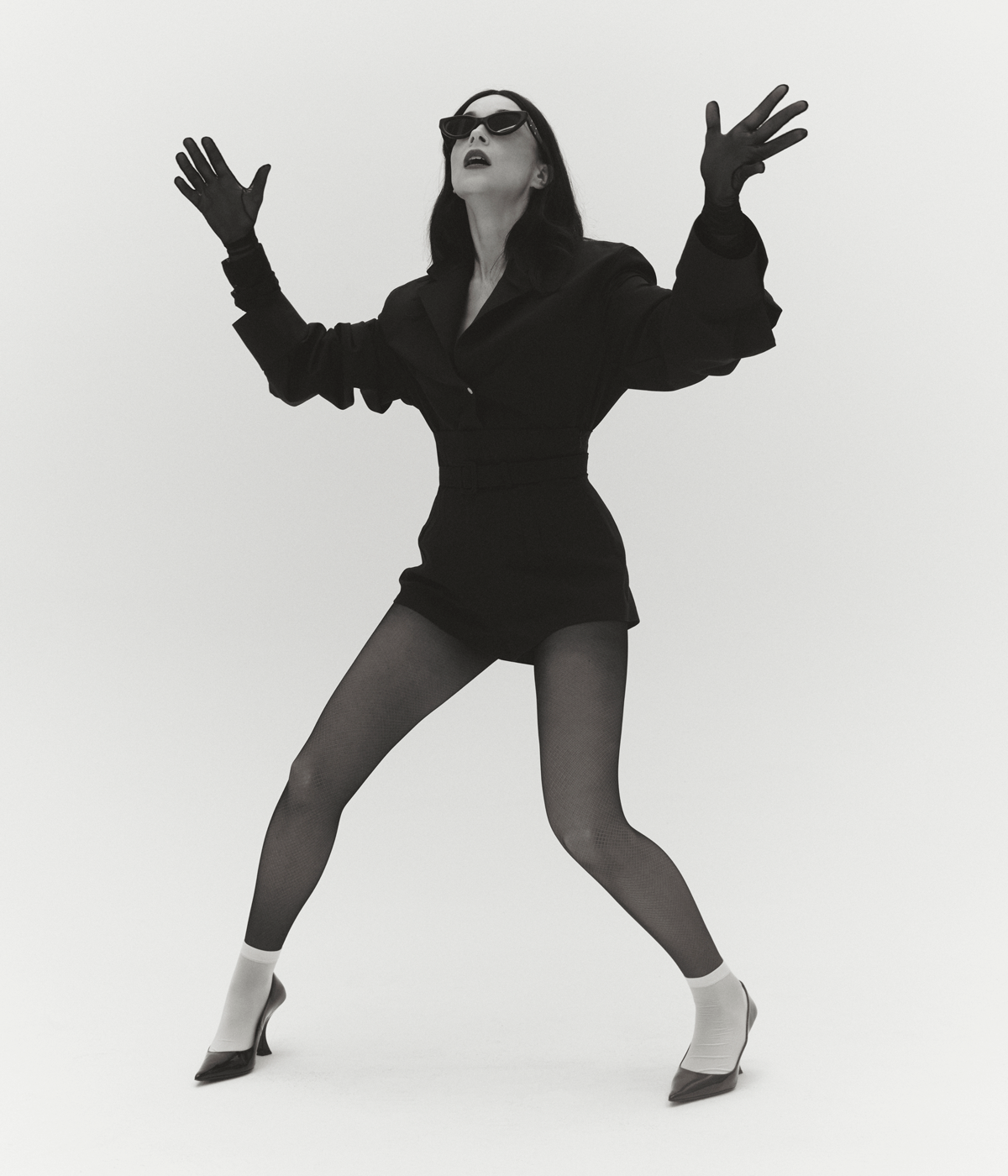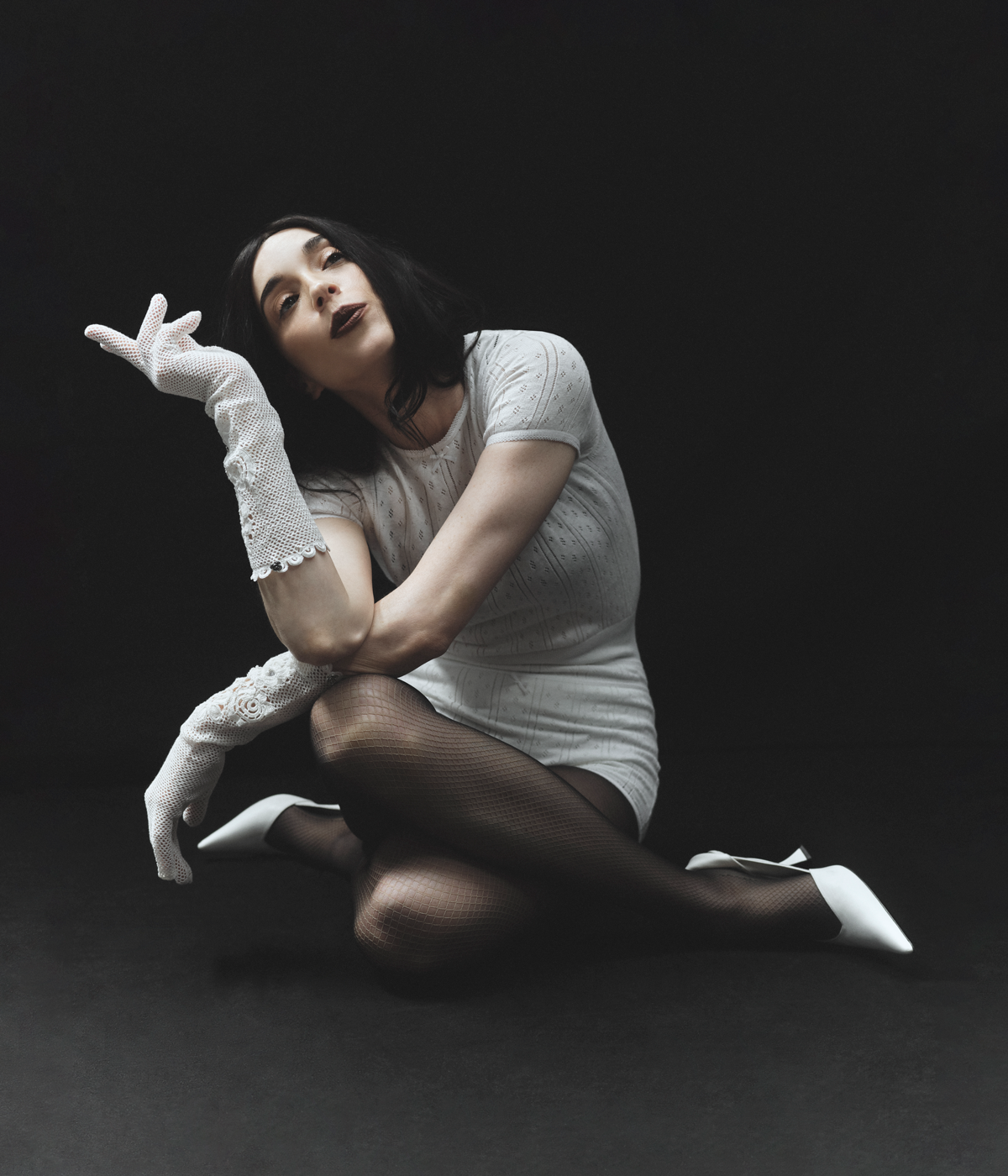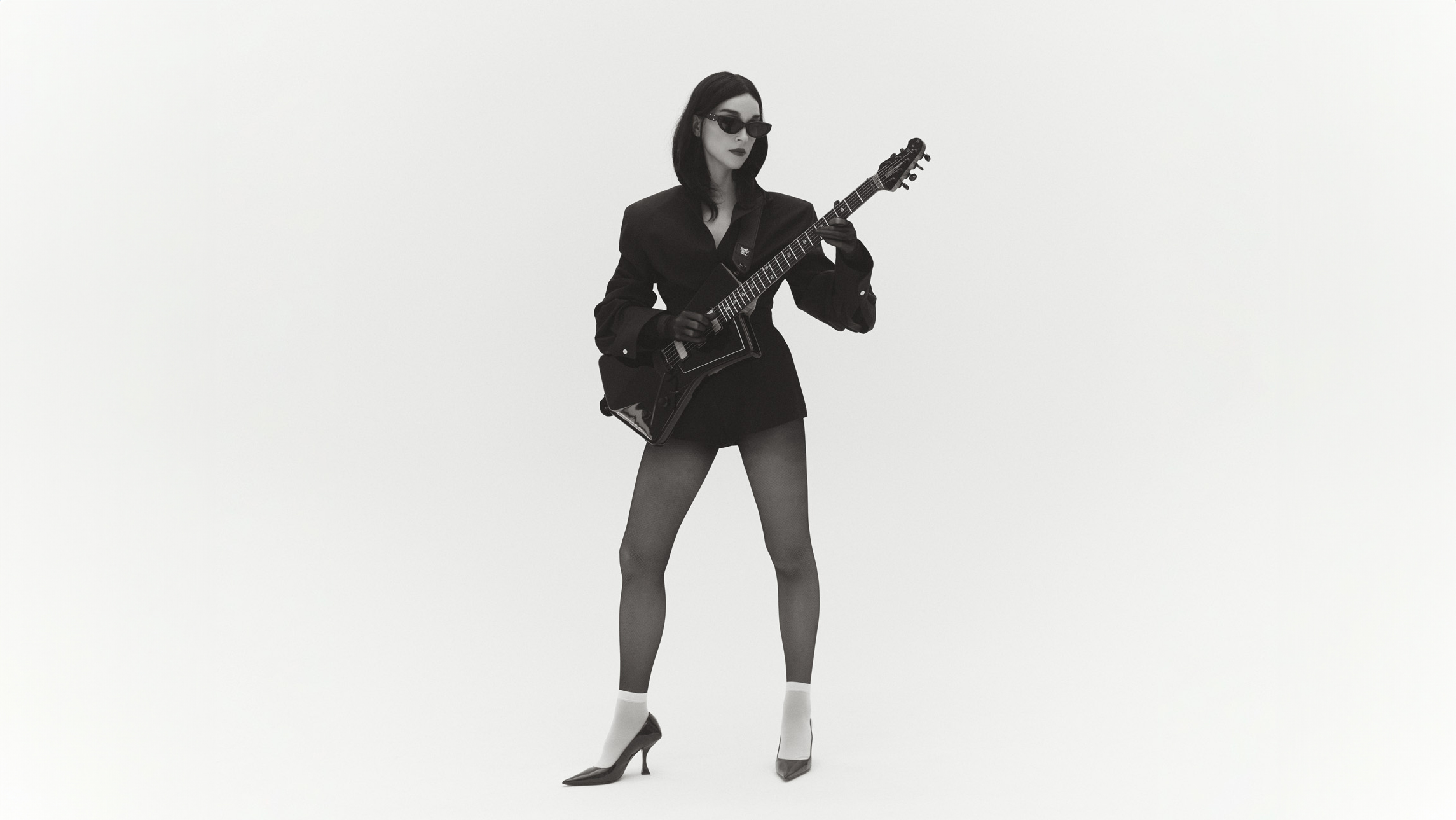
St. Vincent on her long-standing relationship with the guitar
'The living room of my childhood home in Dallas, Texas, has a mirrored wall. Though usually obscured by my late grandmother’s way-too-big-for-the-room dining table and china cabinet, there were slivers of mirror on either side in which to study oneself. When I was a child, a teen, and then a young adult, I would stand in front of these slivers holding my guitars — astral projecting myself into a future where this ergonomic piece of wood and metal would give me a whole life if only I gave my whole life to it.
Whenever I got a new guitar, the first thing I did was excitedly try it on in front of this mirror. What does THIS guitar convey? Is it a weapon or a shield or a portal? How does it ask to be played? Does it want to be wrangled or coaxed, or will it tell you where to go if you just listen?
In this mirror, I mercilessly disabused myself of ‘guitar face’ (the self-satisfied/proto-orgasmic face that some guitar players make as if to say to an audience ‘can you even BELIEVE how good I am?’). I beat it out of myself, training away the heavy vibrato head ticks and awkward mouth openings induced by big bends.
In this mirror, I honed the belief that wearing a guitar should be like putting on a well-tailored suit. Something to make you look sharper than you are, tougher than you are, more fearless than you are.
So when I set out to design a guitar, I thought of a literal tuxedo. I always loved the lithe women in ‘menswear’ in Helmut Newton’s photographs. But I felt like a guitar should also feel fun, like the shiniest toy on the shelf at the toy store. You will PLAY it, after all, so it must be playful. Then it hit me… Klaus Nomi’s tuxedo.
In this mirror, I honed the belief that wearing a guitar should be like putting on a well-tailored suit. Something to make you look sharper than you are, tougher than you are, more fearless than you are.
St. Vincent
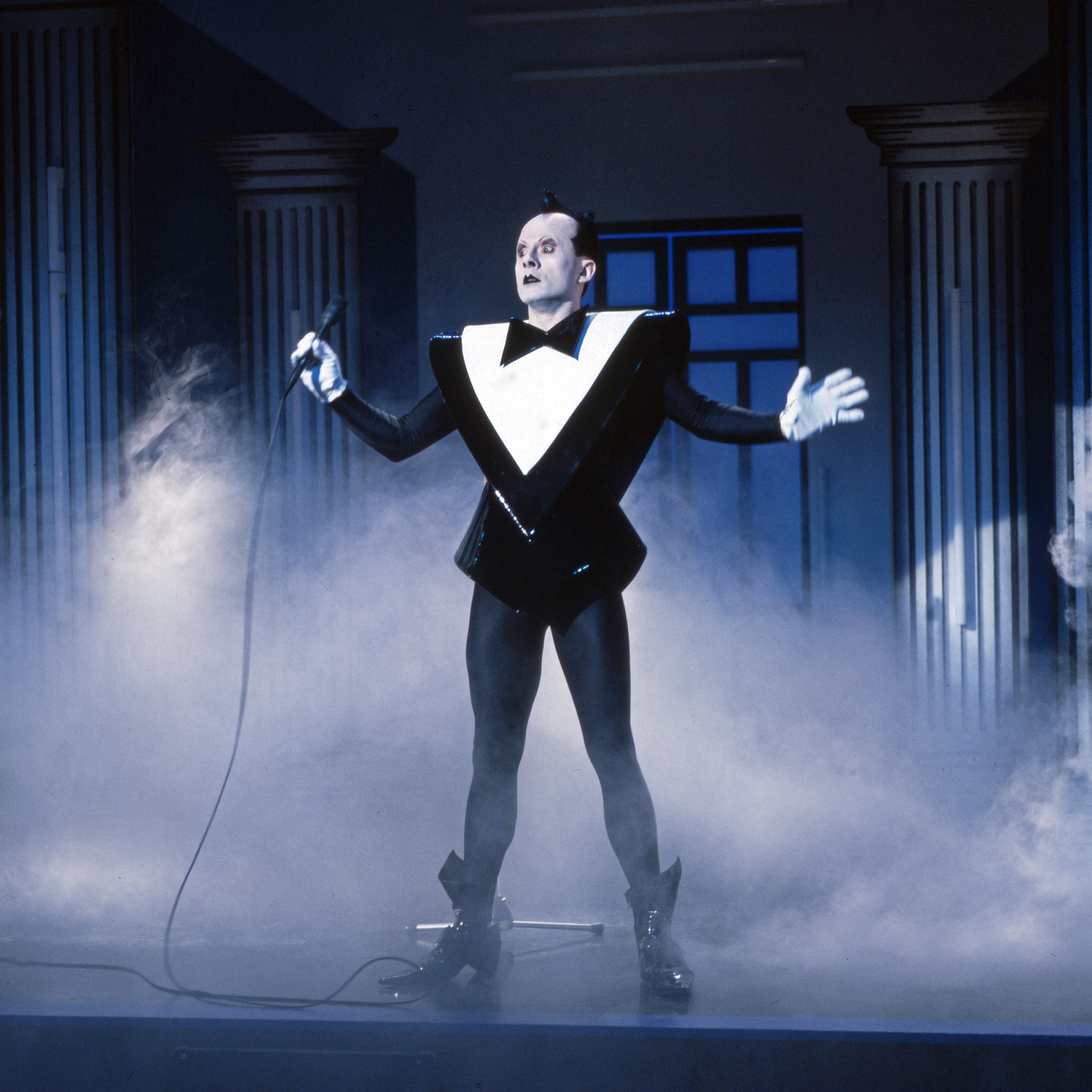
Typically, when artists make ‘signature series’ guitars, they take an existing model and modify it to suit their specs and needs. That is all well and good, but what comes with certain shapes is history. Lineage. Ghosts. For example, one cannot pick up a Stratocaster without thinking of the lightning licks of Jimi Hendrix.
But if I made a new shape, there would be no baggage, no existing lexicon. No go-to riffs. It could be the start of a new language for players. Freedom.'
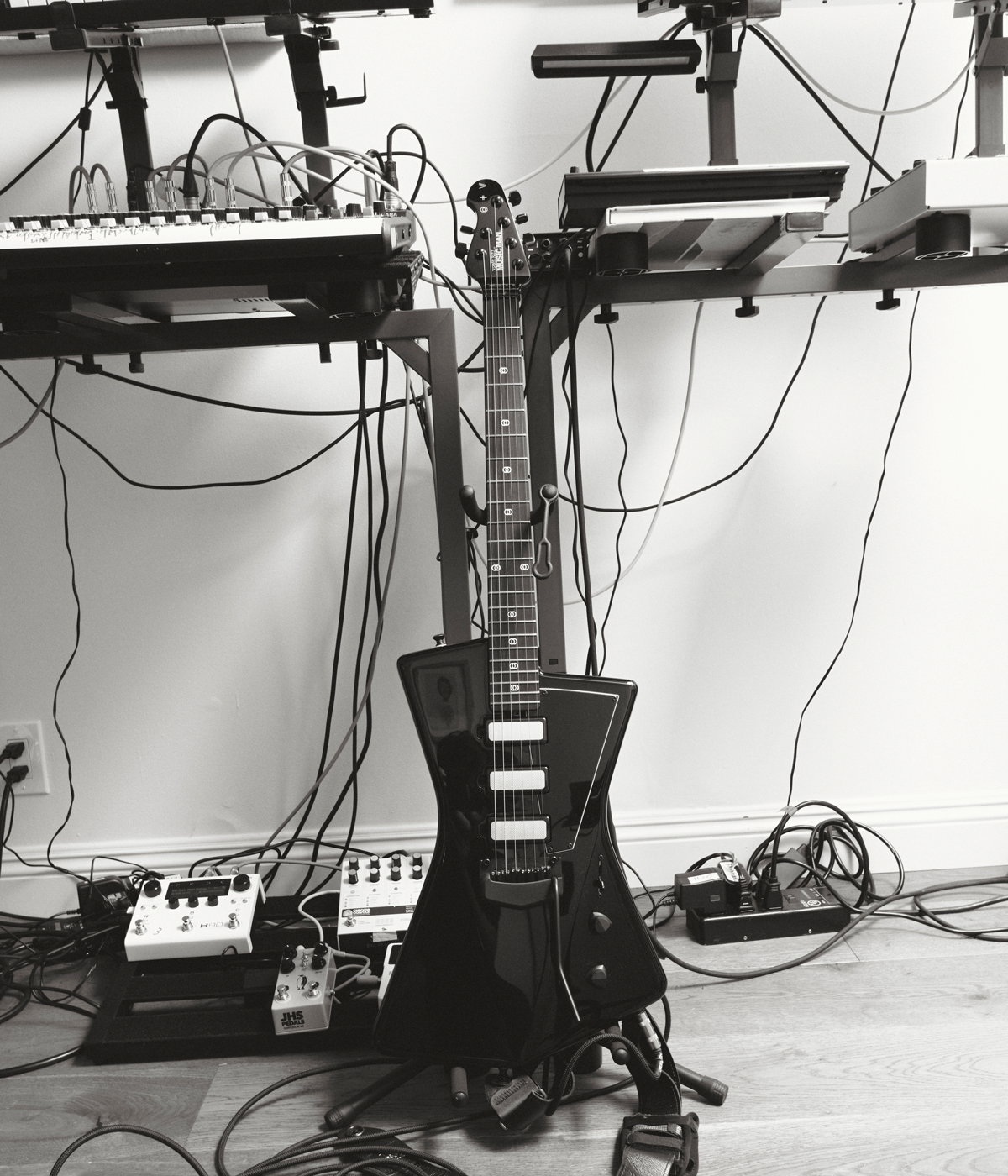
Guitars were my full obsession,’ St. Vincent says of her long-standing relationship to the instrument. ‘I drew a little sketch and Music Man said ‘we can make this’. I was astounded.’ Designed from the ground up, with all visual elements ‘distilled down to their most basic forms’, St. Vincent worked with the team at Californian guitar and bass guitar manufacturer Music Man to create something that was ‘friendly’ and high quality, shaped for her form and technique. An angular, ultra-lightweight take on the offset guitar form, complete with compact headstock, St. Vincent’s guitar is made from okoume wood, with custom inlays and tremelo and a choice of fretboard woods. The newest Goldie model, with pearl details and custom gold foil mini humbuckers, offers even more tonal variety. ‘It’s my favourite guitar to play – it’s the only guitar I reach for since I got it.’
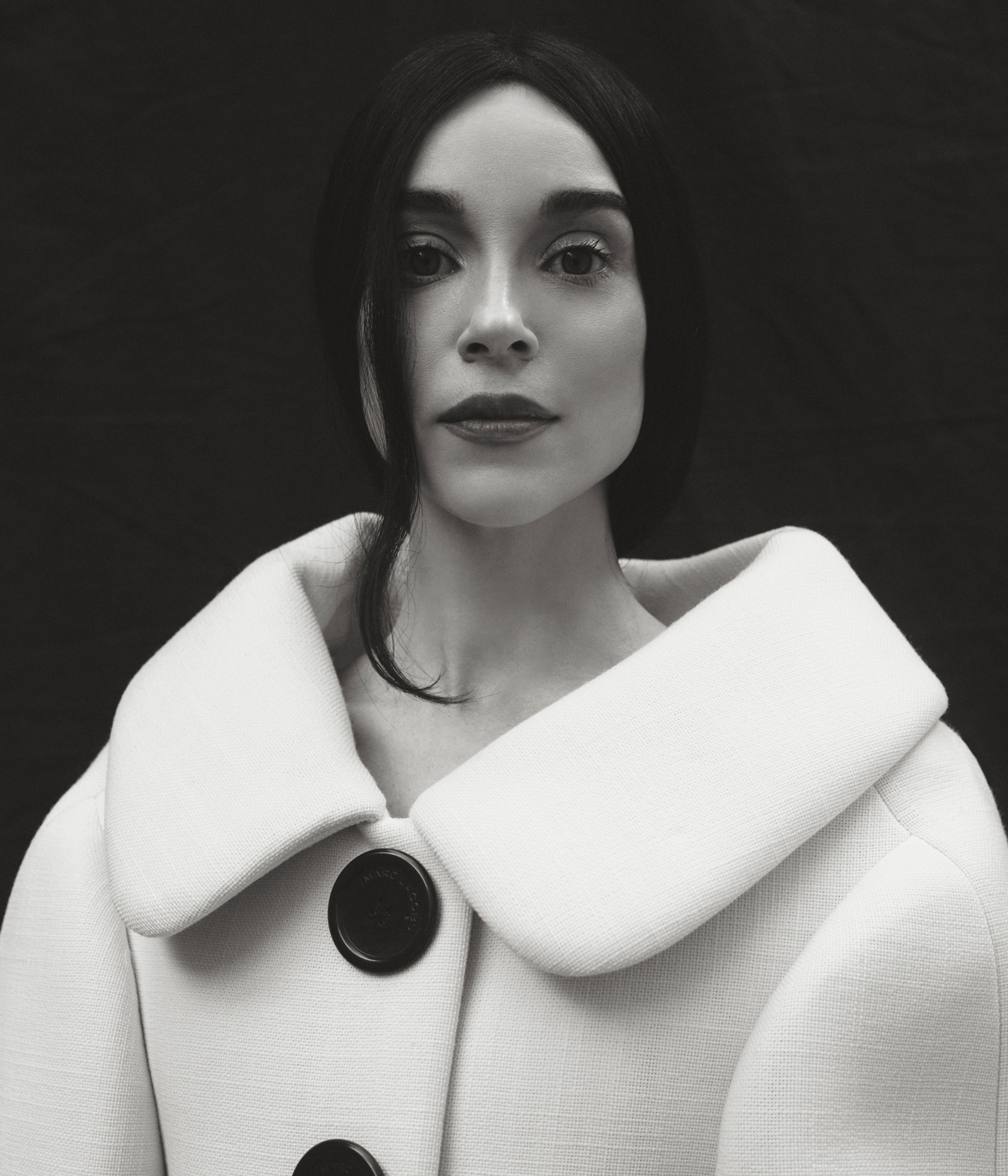
In the studio with St. Vincent
When she's not out on the road playing her music, you can find St. Vincent in her home studio, syncing, sequencing and synthesising. She invites Wallpaper* over, to see where the magic happens.
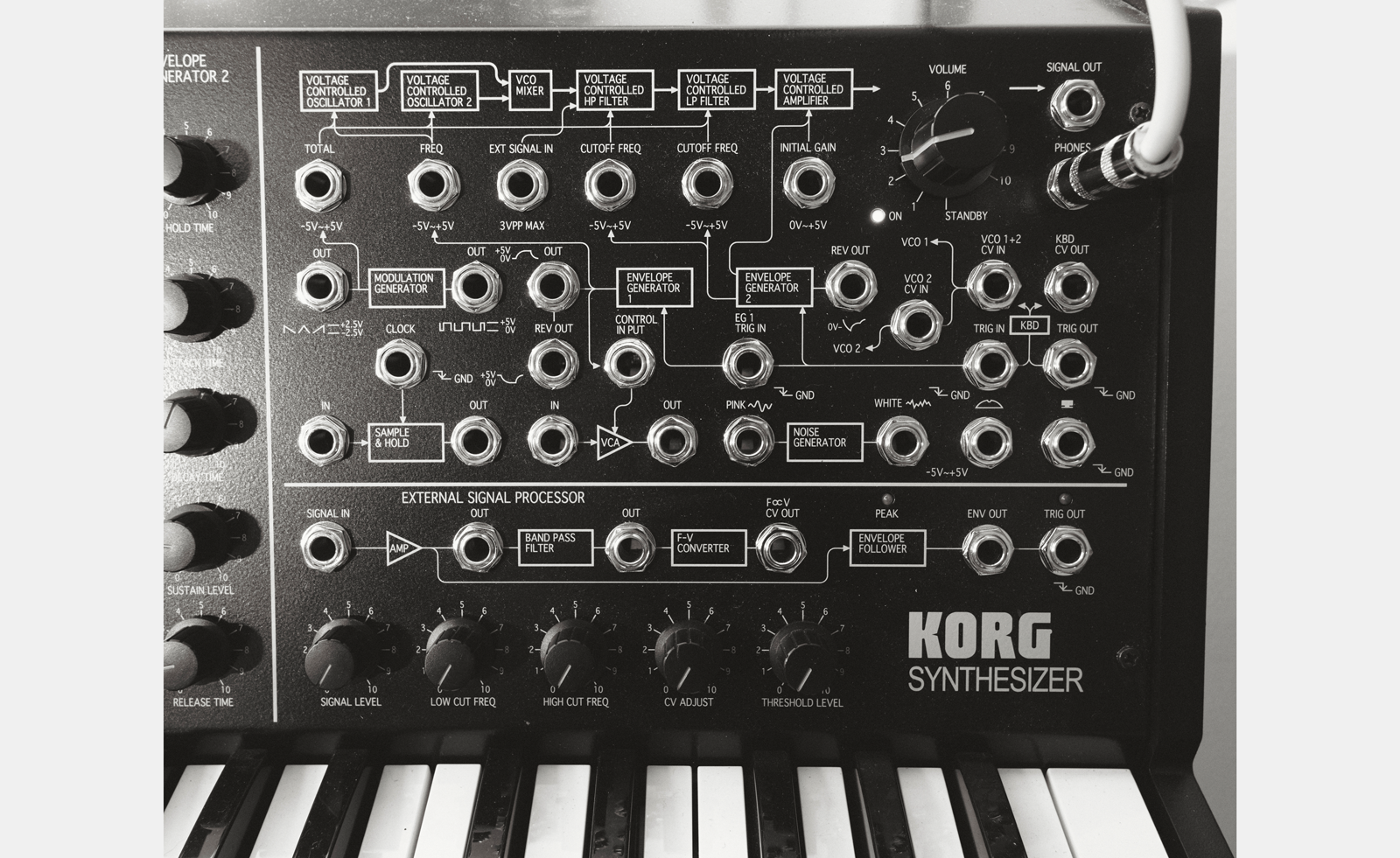
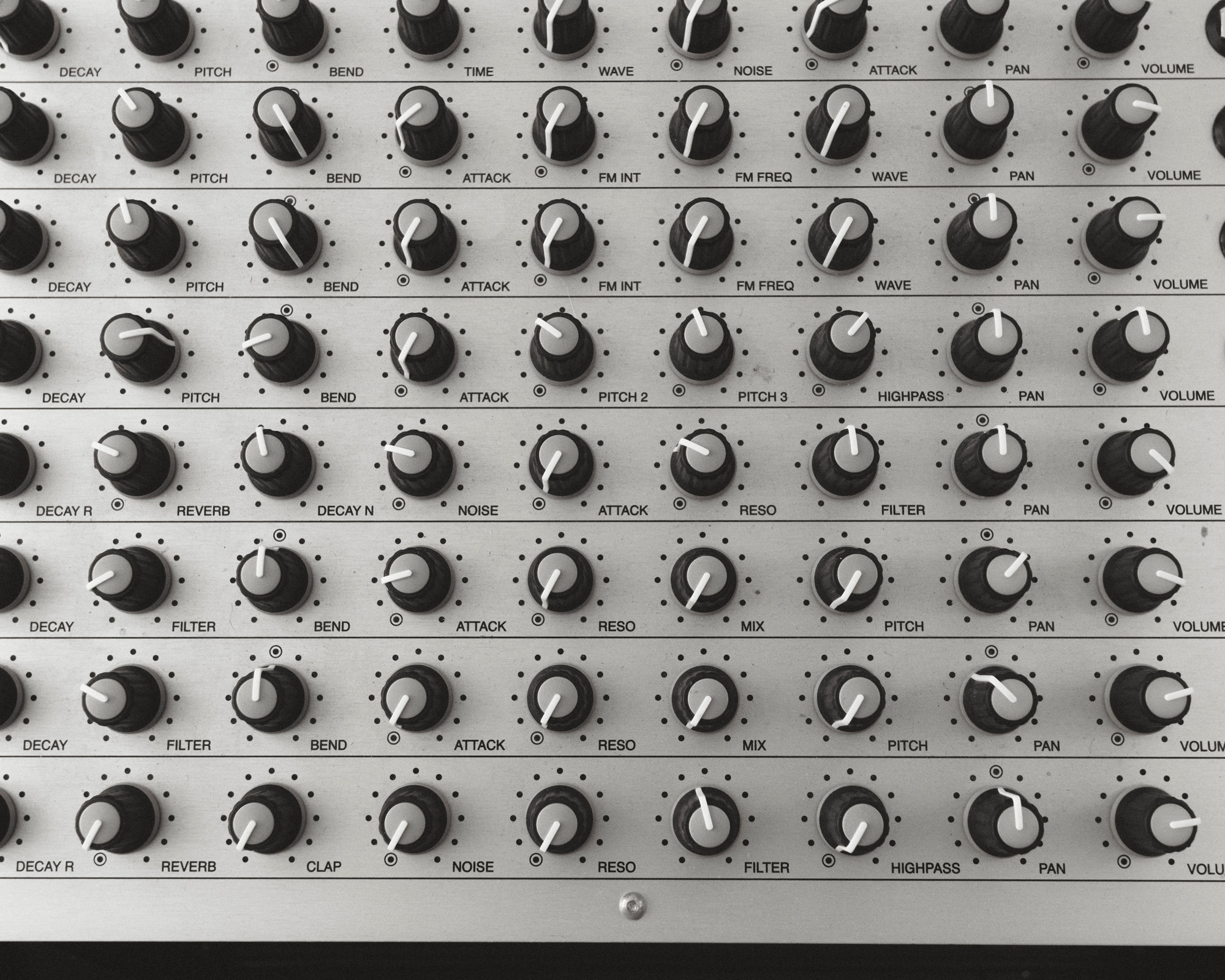
'I made my first music studio in my bedroom, aged 13. I began recording myself on a Tascam four-track and then switched to early PC recording software CakewalkPro Audio at age 14, thanks to the help of my techy jazz musician uncle and engineer stepfather. Recording myself alone in my room is how I learned to write, play, sing, arrange and produce music.
Over the years, I have built studios of increasing competence and complexity in every place that I have lived. I recorded the majority of Masseduction, Daddy’s Home and All Born Screaming at my Compound Fracture studio in LA.
My current studio set-up is way more barebones, but is conducive to intensivefocus on my current fixation – making post-industrial dance music for clubs that I’ve never actually been to. I am not an expert in techno or electro or house or jungle or drum ‘n’ bass or acid, so I experience the joy of a beginner’s mind. I love setting upand syncing my drum machines, synths, sequencers, effects and mixer, and making live electronic music by myself in a room for hours. I do not know where it will lead, but, as always, I trust in the process.'
This article appears in the October 2024 issue of Wallpaper*, available in print on newsstands from 5 September on the Wallpaper* app on Apple iOS, and to subscribers of Apple News +. Subscribe to Wallpaper* today
